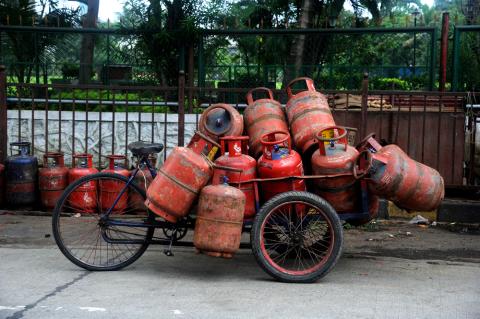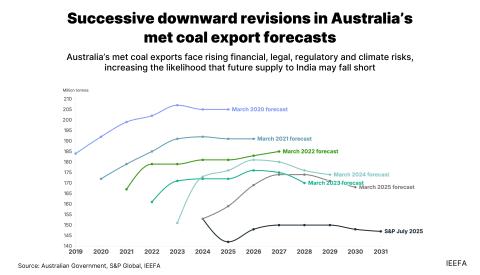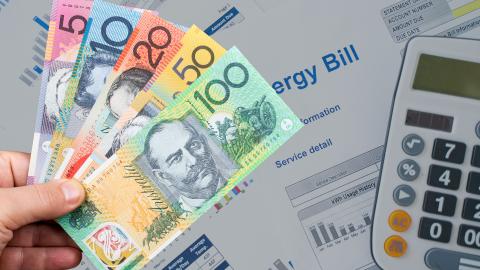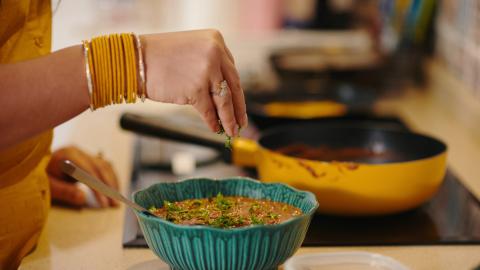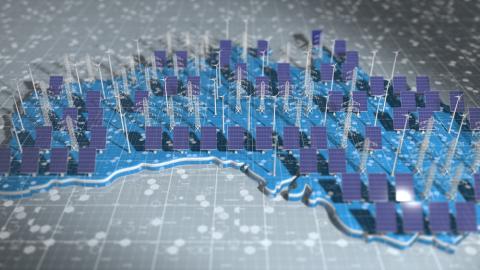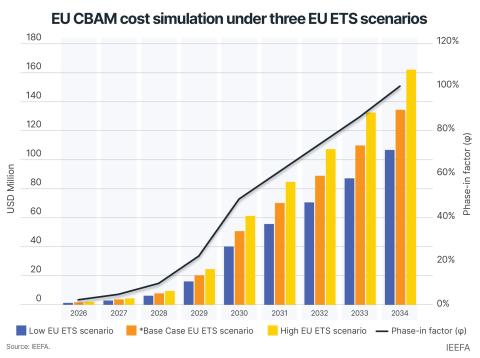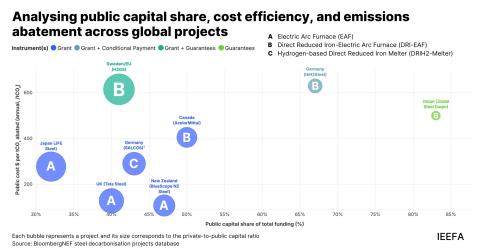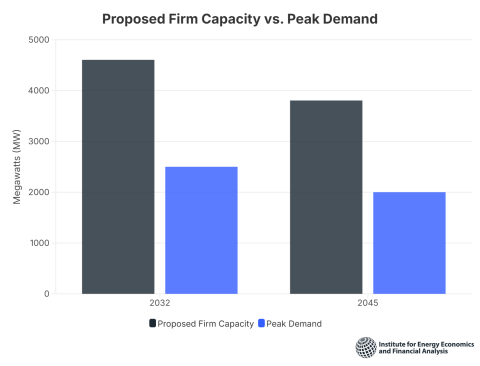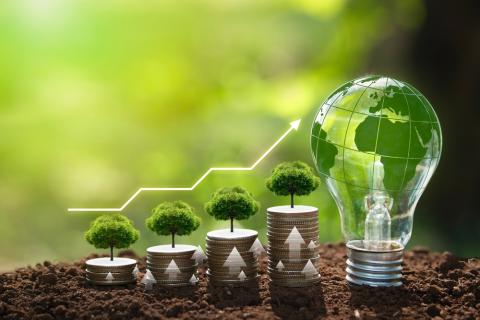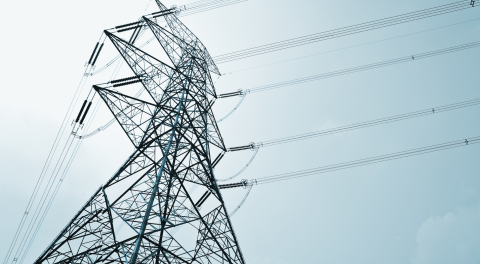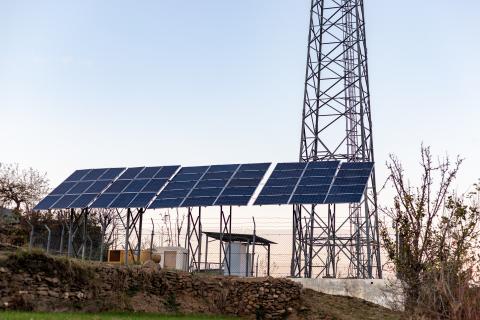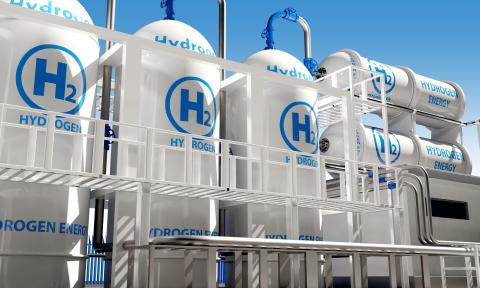India’s clean cooking strategy: E-cooking as the next frontier
Download Full Report
View Press Release
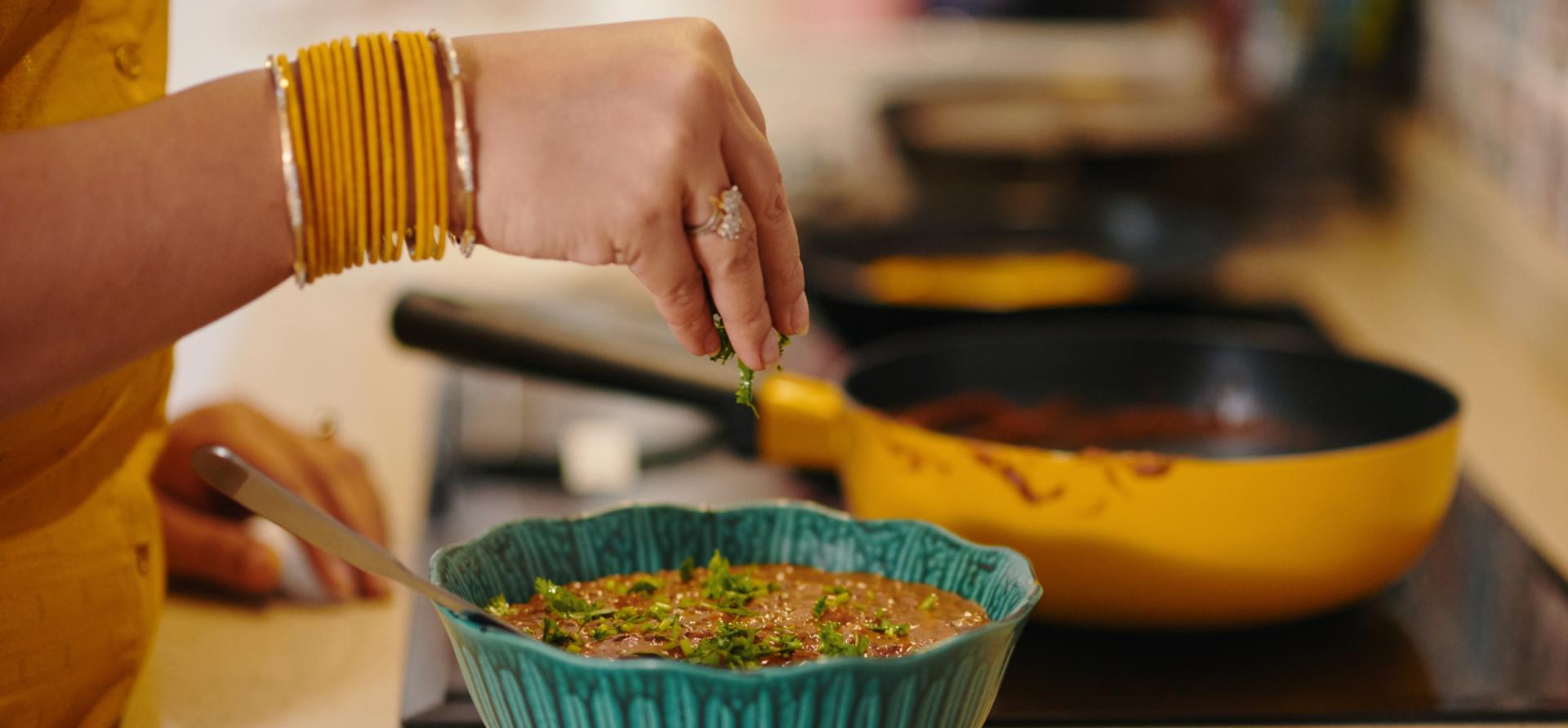
Key Findings
Affordability concerns have resulted in a mismatch in the pace of LPG and PNG connections and actual consumption. While PNG connections have almost doubled over the past four years, gas consumption in the residential sector has increased by only 26% in the same period.
Import dependence has exposed the country to volatile global markets and geopolitical risks, with LPG and LNG import bill increasing by 50% over the past six years.
E-cooking in FY2024-25 proved cheaper than PNG and non-subsidised LPG, and competitive with the current LPG price with a universal subsidy available to all consumers, without imposing a fiscal burden.
Despite 100% electrification, uptake of e-cooking is slow due to high initial capital costs, limited device options, and lack of awareness. A structured push, including device subsidies, consumer awareness, manufacturer incentives, and state-led demonstration projects, is essential to unlock its full potential.
Executive summary
India stands at a pivotal moment in its energy transition journey with its aim to install 500 gigawatts (GW) of non-fossil fuel capacity by 2030. This rapid scaling of clean energy infrastructure presents a unique opportunity to reimagine the country’s clean cooking strategy—one that has long been dominated by fossil fuels such as liquefied petroleum gas (LPG) and piped natural gas (PNG). While these fuels have played a crucial role in reducing dependence on polluting solid fuels, especially in urban and semi-urban areas, their continued expansion faces significant limitations.
Despite efforts by the government to expand access—including nearly universal LPG coverage and a five-fold increase in PNG connections over the past decade—fuel consumption has not kept pace with connections. Affordability remains a core concern, particularly for economically weak households covered under schemes like the Pradhan Mantri Ujjwala Yojana (PMUY), where average per capita LPG usage still falls short of the average consumption of non-PMUY consumers. Rising fuel prices, slow infrastructure buildout and a growing fiscal burden from subsidies present challenges in further adoption of LPG and PNG.
Moreover, both fuels are heavily import-dependent, leaving India vulnerable to external price shocks and supply disruptions. This was made evident amid recurring geopolitical tensions over the past five years. The combined LPG and liquefied natural gas (LNG) import bill touched a high of US$30.5 billion (INR2.53 lakh crore) in FY2022-23 following the onset of the Russia–Ukraine war, which disrupted global energy supplies. On average, India’s import bill for these two fuels has risen by about 50% over six years—from US$17.7 billion (INR1.48 lakh crore) in FY2018-19 to US$26.4 billion (INR2.20 lakh crore) in FY2024-25—accounting for around 3% of India’s total import bill for FY2024-25.
Such reliance not only undermines energy security but also places substantial pressure on the fiscal position of the country. The volatility of international energy markets, particularly for gas, further exacerbates this challenge. There is also the concern over increased greenhouse gas (GHG) emissions. India’s emissions from residential sector increased by more than 40% between 2010 and 2015 due to the use of LPG, kerosene and other fuels for cooking and lighting.
With this in view, electricity-based cooking (e-cooking) emerges as a forward-looking, cost-effective, and future-aligned alternative, especially in urban areas where electricity access is near-universal and relatively stable. E-cooking offers multiple advantages: It is not highly import-dependent, has lower operating costs, and produces no indoor air pollution, significantly improving health outcomes for women and children in comparison to solid fuels like firewood, animal dung and charcoal. It is also highly energy efficient (up to 90%) compared to LPG and PNG, which suffer from heat losses at the time of use. It could also lower cooking-based residential GHG emissions as India progresses with greening of the grid.
Cost comparisons for FY2024-25 show that e-cooking is already cheaper than PNG and non-subsidised LPG, and competitive with the current LPG price with a universal subsidy available to all consumers. With the rapidly greening grid through increased deployment of solar and wind energy, electricity-based cooking can also support India’s decarbonisation commitments.
However, the uptake of e-cooking remains low due to key barriers: High upfront capital costs, limited availability of versatile and affordable induction cooktops, insufficient awareness, and lack of targeted policy incentives. Addressing these challenges will require a comprehensive and coordinated strategy. This includes government-supported subsidies for induction cooktop purchases (similar to the FAME scheme for electric vehicles), incentives for manufacturers to develop affordable and versatile devices, large-scale awareness campaigns, and state-led demonstration projects to build public confidence in reliability of e-cooking as a solution.
Ultimately, electrifying India’s cooking needs, starting with urban areas, represents a transformative opportunity. It can free up limited fossil fuel resources for rural and hard-to-reach areas, reduce import dependence, alleviate fiscal stress from rising subsidies, and significantly improve public health and environmental outcomes. With the right interventions, e-cooking can become not just an alternative, but the future of clean cooking in India.


